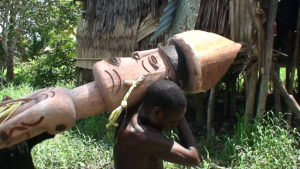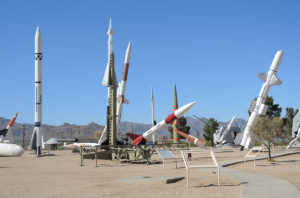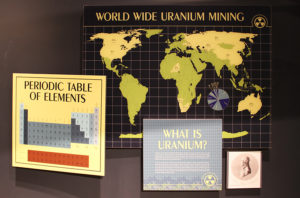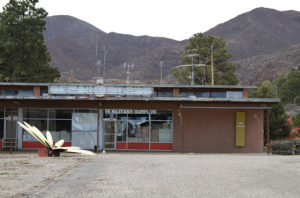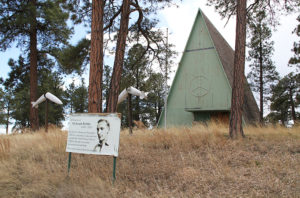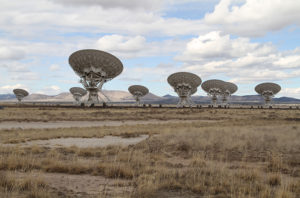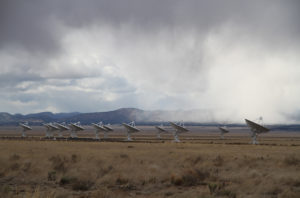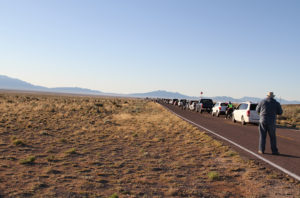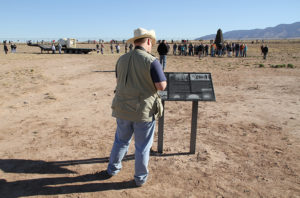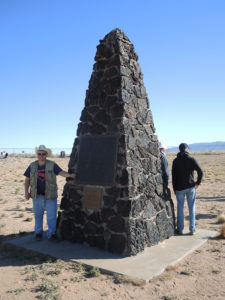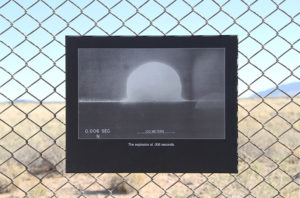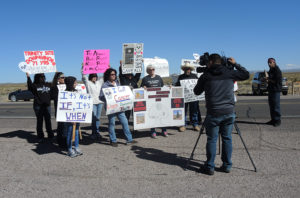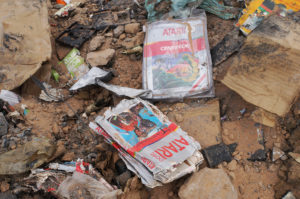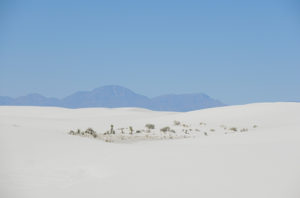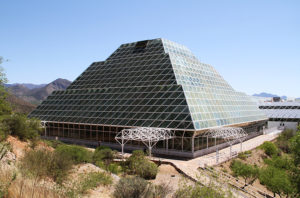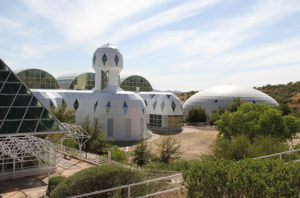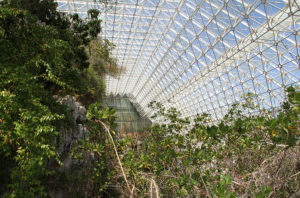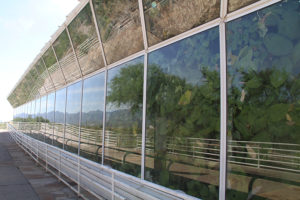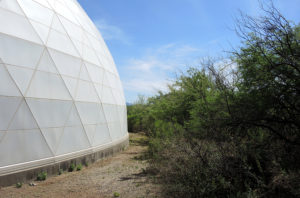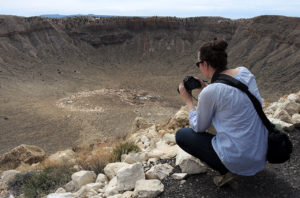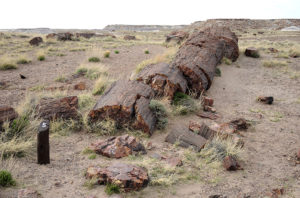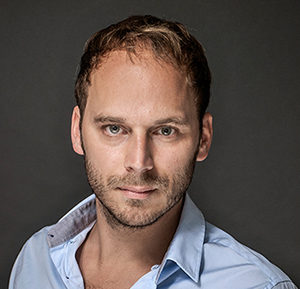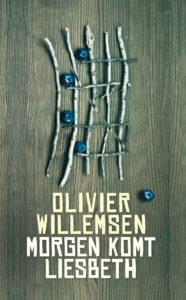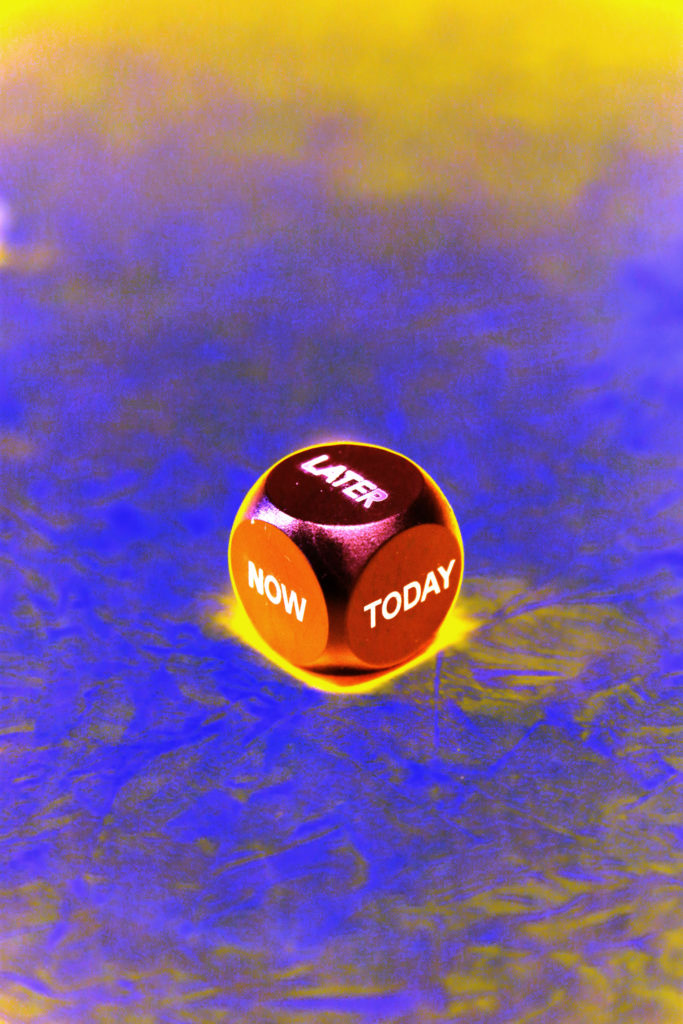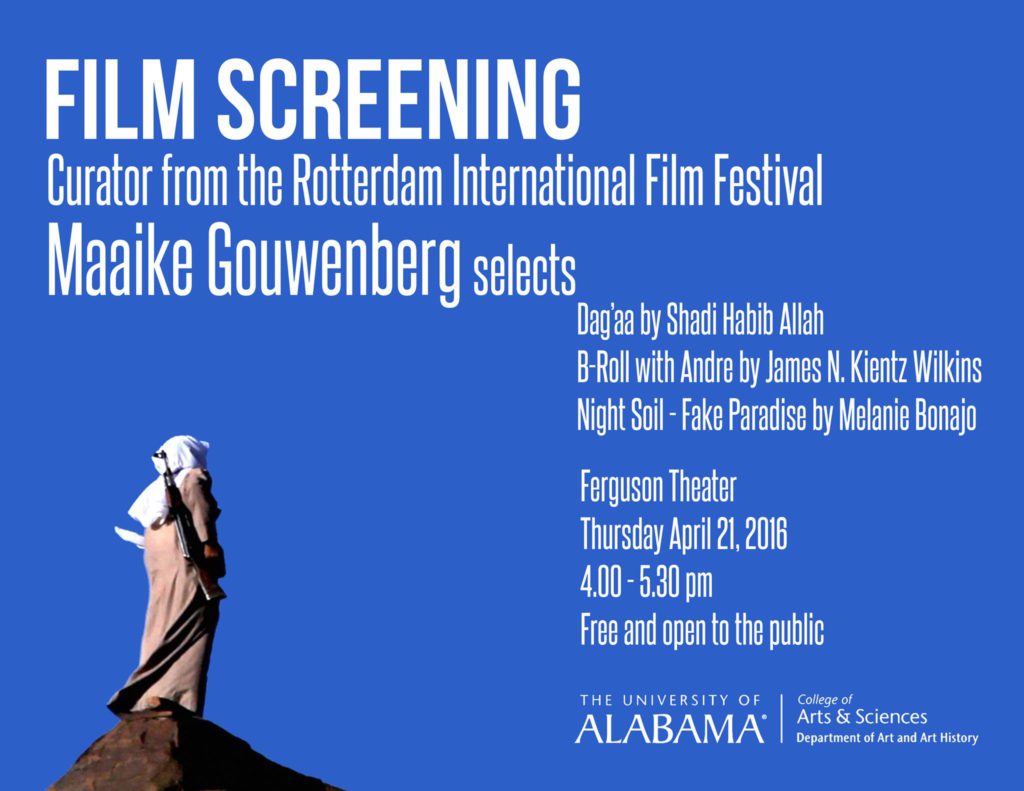The promise
At the time, I was preparing a work titled We Could Dance in Circles Around the Campfire by Night, Disappearing as Fume Into a Distant Day during my residency at Deltaworkers. I was busy with two things: understanding the city of New Orleans and organizing the documents necessary for an upcoming stay in Brazil. I was oscillating between these distant places in my thoughts, which nevertheless have so much in common. Justine Bird and Maggie McWilliams, who worked as assistants at Deltaworkers, were generous in guiding me around the city. During the four weeks of my stay, I learned about the history of New Orleans and about the roots of modern popular culture. It seems that a place like New Orleans, which received a panoply of cultures, was specifically predisposed to be a cultural incubator. The societies of Brazil are, like New Orleans, to some extent a result of creolization. Over centuries, populations in the former colonies formed new cultural practices on the basis of their (in part violently-imposed and involuntary) migrant communities. While in New Orleans practices developed into what subsequently became a global culture industry (blues and jazz), in Brazil other practices developed—along with a rich local music tradition—that correspond to its political and economic conditions. What interested me in Brazil were certain ways of lucid, spontaneous interaction and charming ways of persuasion, as part of a “Gambiarra” attitude: one in which one uses workarounds or quick-and-dirty solutions. I wanted to experiment with such tactics, about which I have learned in Brazil, in order to see how they connect to New Orleans, especially in terms of creating intimacy and oscillating between enchantment and disenchantment.
The PARSE project space provided their gallery for the realization of We Could Dance in Circles…. At the time, they were located on Carondelet Street in downtown New Orleans. Advertisements were printed and distributed; these announced that people could make an appointment on March 29th, 2016. On the date, a new person came every 30 minutes to join the experience, and sometimes several people at a time. The interior of the exhibition space was not really open to the public. I rather used it as a workspace to prepare the work and scatter my thoughts on the walls. The space had a large storefront window, which was completely covered with posters produced to advertise the situation-piece.
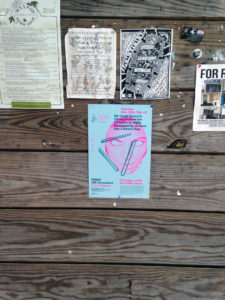
I met the guests in front of the entrance on the street. After everyone introduced themselves, we initiated our walk through the streets of downtown. Soon we would arrive at a Cuban-Mexican bar-restaurant close by. I announced that the performance would take place in a moment, and suggested that we should have a coffee first, so we entered the establishment. Informal conversation followed, during which I would sometimes be very open about what I felt or observed at a given moment. For example: “I am sorry, but it seems I can’t possibly fulfil the expectations that you feel entitled to have.” After fifteen minutes, I admitted to recording the whole conversation, and I asked everyone if they would let me keep our collective product. I then said goodby, left the spot, and returned to PARSE, where the next visitor would wait to partake in a similar, but always-changing sequence of interactions. This went well, except that at some point the restaurant employees refused to serve us because they came to feel wary of what was going on. I had to talk to the owner of the place on the phone to assure her that it was a work of art.
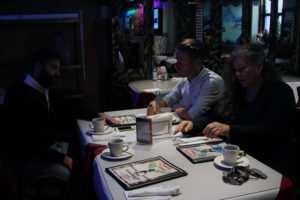
The title We Could Dance in Circles Around the Campfire by Night, Disappearing as Fume Into a Distant Day already in some ways captures a process existing in the work. A circle dance around a campfire is like an ornament, repetition or cycling being the most fundamental elements of the ornament. The title itself acts as the ornament that frames the situation, which takes place over the course of a scheduled in-person meeting. The title, as a constitutive element of the invitation, sets the framework for everything that follows. This includes the physical act of meeting at the spot, as well as the imaginative production in the minds of the potential visitors before the event (and even of those who did not accept the invitation). From that point on, the title acts as a promise. As a result, it not only functions as the dance it refers to, but also as the fire around which everything revolves: a pivot and a subject of desire. (The dance regulates distance from the edge; one is close enough to feel its power, but still far enough to avoid the high price of ever touching it.) Perhaps it is possible to compare the dancers around the campfire to the visitors of the situation. It is only their busy and excited circling around the invitation’s promise which brings the magic of the promise to life.
But in the end, in the morning after an ecstatic night, all spirits will have disappeared. They will have dispersed into all directions, and only some abandoned smoking coals remain to testify to the nocturnal debauchery. The dance around the fire is one grand feast in honor of movement and energy, in the same way that fire is the unleashing of chemically-bound energy for the movement of particles. If we look at it this way, everyone circles around an empty center, which means that it is the celebration of movement itself.
Suspend the political conditions (who has the right to watch?). Create a vacuum. Interrupt the stream of perception.
Then make the failure apparent. Show/talk about the fact that little meaning can be derived from pure, dull intersubjectivity.
Maybe the whole piece was a literary work whose main element is its elaborate title? Perhaps the title acted as an invitation, a seduction, a promise and its redemption, all at the same time? Posters to advertise the situation, printed by the New Orleans-based risograph print shop Constance, served as the material carrier for the title, which took the form of a sentence and which described a transformation and a circular movement. Invitations on social media and web pages maintained by Joris Lindhout and Maaike Gouwenberg from Deltaworkers served as a sounding board and duplication structure for the title. The physical place and the appointment for a meeting in person gave the title a material equivalent, in order to live through the promise together for a few minutes. The promise was granted a place in the life of the participants, thus merging text and body, and meaning and matter, in a transient moment. “What will happen when we join these things?” This was one of my questions when I provoked this little laboratory.
It calls into question whether the artist necessarily has to deliver something, and it stages the process of art reception, rather similarly to a conversation between a beholder, an object and/or an artist. The situation demands the efforts of the beholders. I wonder, in the case where beholders do not make this effort— whether because they lack the capacity or because they espouse a consumerist attitude—if then, consequently, their experience also turns out accordingly to their personal investment.
Provoke a situation that destabilizes roles, scripts, and conventions. Prepare situations where things can start to become fluid and everything can become subject to negotiation. Create a zone of production, where the outcome is not set and everyone involved enters an unsecured state that challenges individual beliefs and abilities. It is a field that is ideally open to the decisions of the people present and allows for their decisions to contribute to the process underway. Everything slips and slides. The destabilization of hardened things helps to achieve an increased porosity and permeability of places, boundaries, objects, and rules.
But maybe the failure of the possibility of provoking a real conversation became apparent during We Could Dance in Circles…. Perhaps it had to fail because a “real” conversation is always free of any purpose. What I tried was to bring freedom into the piece, but what actually happened was maybe rather that I effectively precluded freedom of conversation in that situation?
My intention with We Could Dance in Circles… was to celebrate “the habit of attention,” “the art of expression,” “the art of assuming at a moment’s notice a new intellectual position,” “the art of entering quickly into another person’s thoughts,” “the habit of submitting to censure and refutation,” “the art of indicating assent or dissent in graduated terms,” “the habit of regarding minute points of accuracy,” and “the art of working out what is possible in a given time” (citing from William Johnson Cory).
To leave the exhibition space accommodates the desire to withdraw.
My most vivid interest is in hiding, in going away, in disappearing, in veiling, in withdrawing, in absence.
It is possible to claim that these gestures are all expressions of escapism. But they have brought us such beautiful things as clothing, mythology, the veil or curtain, disguise, etc. and have likely had an influence elsewhere too, for instance in architecture. In fact, it would not be bold to claim that this movement is inherent to all things and processes if we look closely. Strategies of disappearing can create new forms of even more spectacular appearance. They deflect the gaze; they direct attention. My attachment to magic is greatly inspired by this aspect of disappearance labor. Even dance can be seen as a constant withdrawal, as an oscillation process that creates an in-between space between bodily intimacy and eternal distance.
Finally, this is the stuff that mythology is made of: an ideology that obscures what works behind it. Is this among the reasons why science does not come to a hold with its constant uncovering? For example, in modern physics, we learn that behind one curtain there is another, and behind that one another, and so on. The world proves to consist of nested envelopes, packages that contain nothing else than another package, and unpacking them seems to be to no avail. Perhaps the lack or the void that we feel here is not induced by this kind of knowledge specifically. Maybe the concept of lack has its roots earlier, in the ideology of “spirit” or intrinsic identity in the first place. What leads us to think that there must be some core substance to reach altogether? Presumably it could be remnants of older mythological beliefs that remained at the depths of our culture, assuring us that what we do every day makes sense and is valid. Unearthing, dismantling, and unfolding this personal “core” reason of why we are doing things causes fear among more than a few people, and it also puts them at a high personal risk (of “disenchanting” even this last source of their vitality). On the other hand, this might help to remind us that radical disenchanting, disassembling in the name of research, aggressive uncovering, insensible stripping off for the sake of transparency and enlightenment represents an aggressive point of access to the things in the world. Not only does it strip away the magic of things, it also deprives them of their autonomy and of their right to an intrinsic “self.”
Proofreader: Ian Erickson-Kery

